Has Facebook improved or damaged the quality of our friendships?
Facebook has changed friendship – for the better and for the worse, reports Eli Gottlieb. But our strongest ties – with our best friends and confidantes – exist quite happily without Zuckerberg’s algorithms

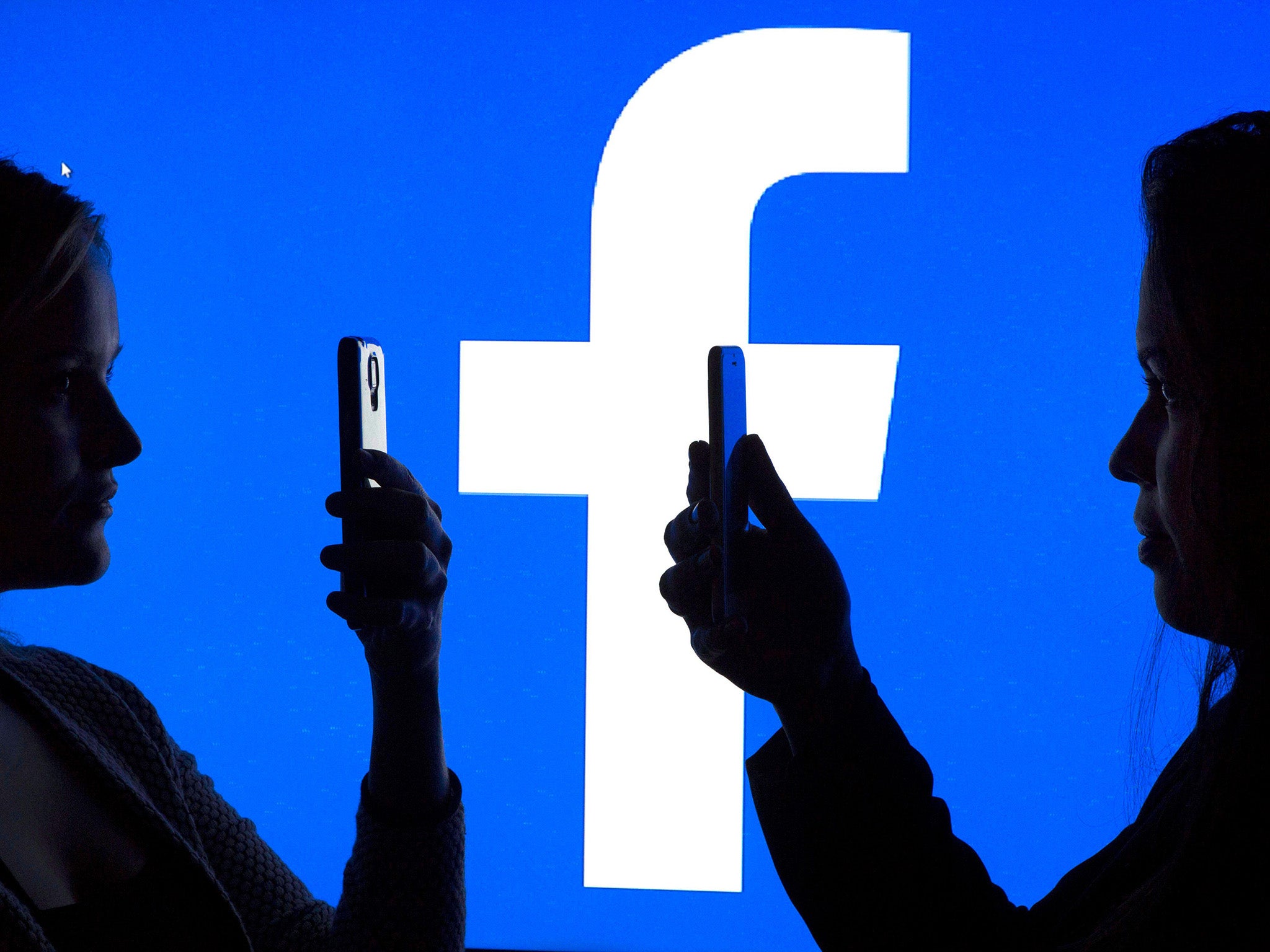
Facebook’s had a rough couple of weeks. On Sunday 3 October, whistleblower Frances Haugen gave an extensive interview to 60 Minutes criticising the corporation’s prioritisation of profit over safety. On Monday 4 October, Facebook, WhatsApp and Instagram – all owned by Facebook, Inc – suffered an outage for several hours, affecting millions of users worldwide. On Tuesday 5 October, Haugen appeared before the US Senate and called for the minimum legal age for social media use to be raised from 13 to 17.
This capped an already trying month for Facebook. In mid-September, the Wall Street Journal began releasing the Facebook Files, an investigative series detailing the social media giant’s knowledge of harm it causes and its efforts to keep this knowledge from the public.
The series exposed, among other things, evidence of Facebook’s special treatment of celebrity users, which enable them to post content of kinds that result in suspension for regular users; attempts to cover up Instagram’s negative impact on the wellbeing of young users; failure to apply fixes to Facebook’s algorithm that would reduce the spread of harmful content; and ineffectual responses to alarms raised by employees about the use of its platforms by drug cartels and human traffickers.
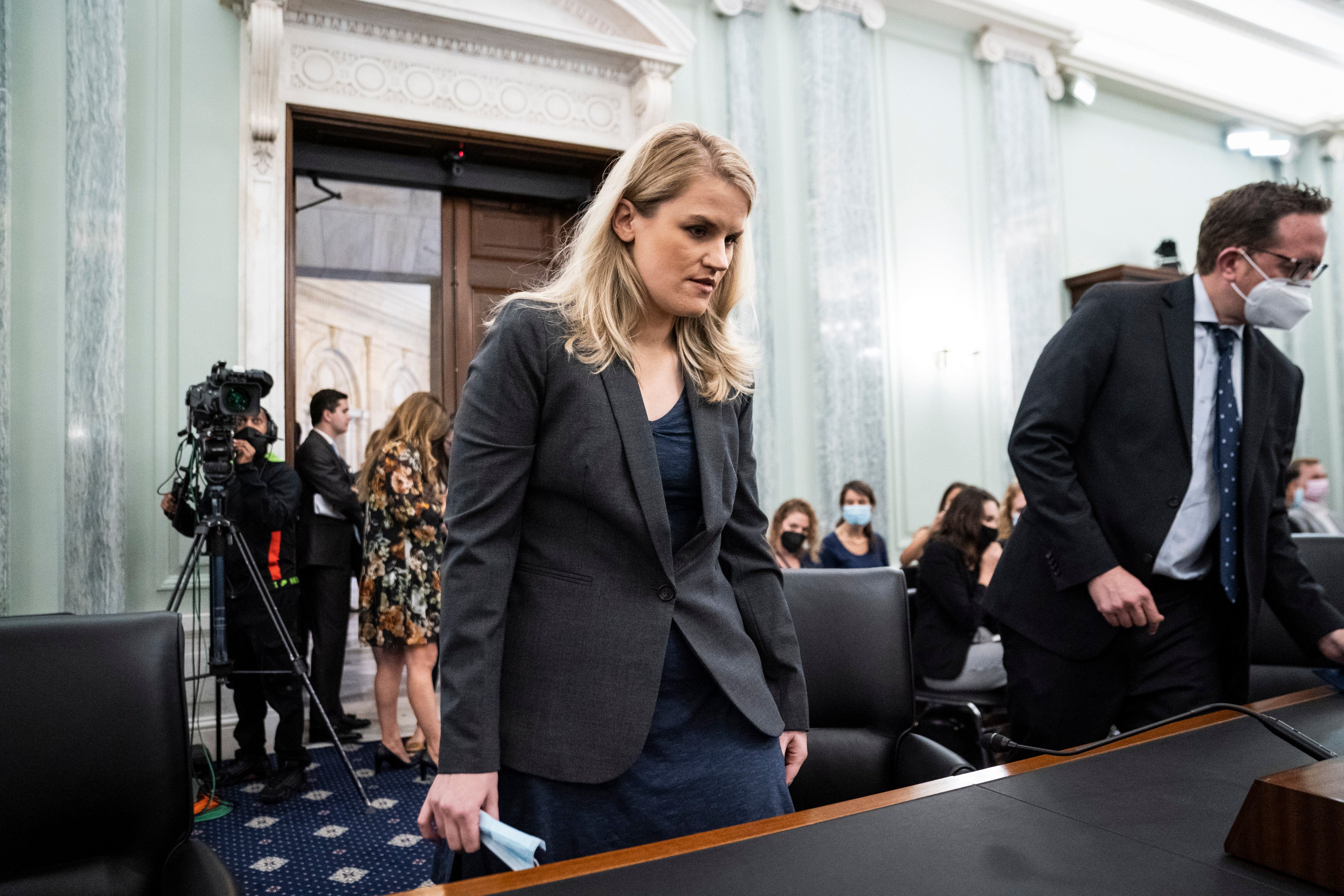
Criticism of Facebook is nothing new. Since its launch in 2004, there are few social ills for which it hasn’t at one time or another been blamed: fake news; proliferation of violent and pornographic images; political polarisation and declining civility; censorship; misuse of private data for commercial gain; rising incidence of body image disorders, anxiety and depression among adolescents – to name just a few.
If this partial list seems unfeasibly long, bear in mind Facebook’s unprecedented reach. Facebook, Inc. is a trillion-dollar corporation with more than 3 billion users worldwide. In the US, around 70 per cent of social media users have Facebook accounts, to which most of them log in at least once a day. If you’ve ever shared a photograph of your lunch, edited a selfie, or wished happy birthday to someone you haven’t seen for 20 years and would be fine not seeing for another 20, you’ve been affected by Facebook. You don’t even need to have an active account. These ways of interacting, now commonplace, wouldn’t exist were it not for the company’s platforms.
And it’s not just its reach. It’s also its ubiquity. Once social media apps moved from computers to smartphones, their use become second nature. To a visitor from Mars, smartphones would look more like a limb than a device. We carry them everywhere and rarely switch them off. Their beeps and buzzes demand constant tending. The ritual of checking their social media feeds is, for many people, the first thing they do on waking and the last thing they do at night.
If there were any doubts about how central a place Facebook, WhatsApp and Instagram now play in our lives, that recent outage laid them finally to rest. For many affected, the experience was at least as unsettling as being without electricity or water: a sudden incapacity, coupled with an eerie sense that all is not right with the world and rising panic about how to cope if normal service isn’t soon resumed.

However, in all the recent debate about Facebook’s enormous influence on our lives, one topic has been conspicuously absent: friendship.
Facebook’s stated mission is to “give people the power to build community and bring the world closer together”. It started out as a way to put names to faces on campus and its entire infrastructure relies on connections that individuals make with each other. But how, as Facebook affected the basic one-to-one relationship it was designed to support and on the back of which its growth and commercial success rides?
A little over five years ago, when Facebook was entering its own adolescence, it faced a media storm on precisely this topic. News editors seemed to be competing for the most sensational headline. Facebook friends are fake friends, study finds,” screamed Newsweek. The Independent offered a more qualified, “Facebook friends are almost entirely fake, finds study;” but rallied with the subhead, “You can only count on about four of your friends, and most don’t even care if anything bad happens to you.” My personal favorite was mic.com’s, “Only five of your Facebook friends give a crap about you, says science.”
Facebook friends are almost entirely fake, finds study ... You can only count on about four of your friends, and most don’t even care if anything bad happens to you
Science, however, said nothing of the sort. In fact, the study to which these headlines referred showed almost the exact opposite. Evolutionary anthropologist Robin Dunbar and colleagues compared people’s social networks on Facebook with offline social networks. What they found was that the size and structure of people’s offline social networks are replicated online. People distinguish between best, close and distant Facebook friends, much as they do between friends “IRL” – in real life.
If the name Robin Dunbar rings a bell, it’s probably because you read about “Dunbar’s number” in Malcom Gladwell’s The Tipping Point. This number, 150, is a hypothesised upper limit on the size of human friendship groups, or what Dunbar calls “personal social networks”. Many human organisations turn out to be around this size, including hunter-gatherer communities, traditional villages, and modern army units.
Actually, “Dunbar’s number” is a bit of a misnomer. Really, it should be Dunbar’s numbers, in the plural. Dunbar’s “social brain hypothesis” proposes that human social networks fan out in a series of concentric circles from the individual, each circle larger than the preceding one by a factor of three: a “support clique” of around five intimate friends; a “sympathy group” of around 15 best friends; 50 good friends; 150 more distant friends; 500 acquaintances; and 1,500 people to whose faces you can put names. Dunbar’s explanation for this layering is that limits on brain capacity result in a playoff between quantity and quality.
So why all the sensational headlines about “fake friends”? Nowhere in their paper did Dunbar and colleagues use the word fake and their findings suggested that Facebook friendships were just as real as offline ones. Indeed, the five friends that give a crap about you online are probably the same five people who give a crap about you offline.
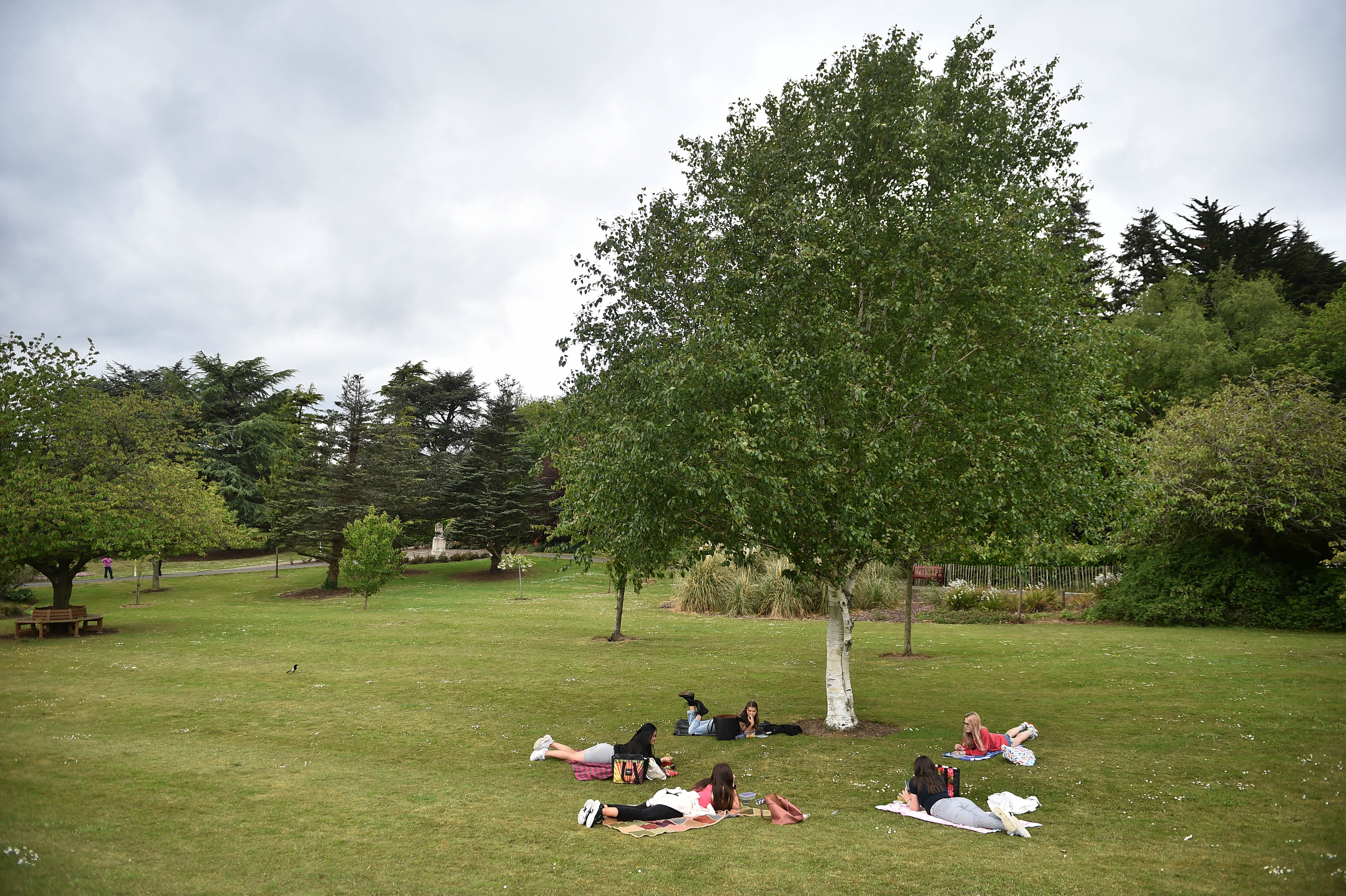
The headline-writers’ moral panic probably had several sources. One of them is a subjective feeling shared by many that our general wellbeing has been adversely affected by social media. While we’re in contact more regularly with more people, few of these interactions feel as satisfying as offline ones. Another source is general unease with Facebook’s linguistic gerrymandering, which turns each of our contacts on the platform, however distant, into a “friend”. Most of our Facebook “friends” are what we’d call acquaintances rather than “real friends”. It’s a short (and fallacious) jump from there to the conclusion that Facebook friends aren’t real.
Another source is a general wave of “cyberpessimism” that was gaining traction around the time the study was published. Popular books and TED talks, such as MIT professor Sherry Turkle’s Alone Together raised concerns about the tendency of social media to isolate people from each other and to diminish their capacity for meaningful interaction. San Diego state sociologist Jean Twenge’s iGen later compounded these concerns with evidence of elevated incidence of loneliness, anxiety and depression among young social media users; and, in a special issue of Harvard Business Review, former US surgeon-general Vivek Murthy warned of an impending “loneliness epidemic”.
So, who’s right? Has Facebook reduced the quality of our friendships? Has it left things more or less as they’ve always been? Or has it even improved them?
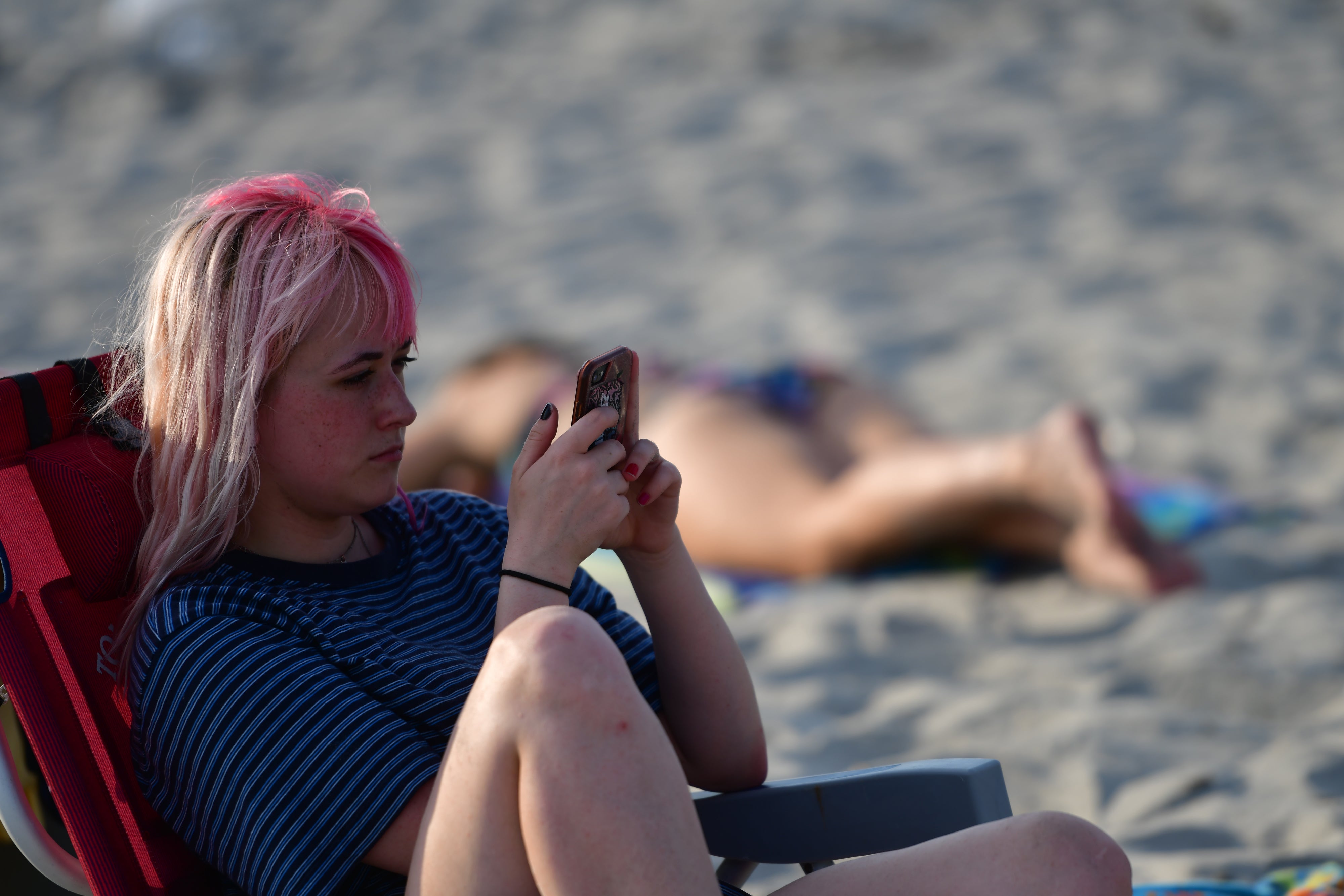
To answer such questions, we need first to clarify what friendship is, and then to examine more precisely how friendships have been changed by social media. So, strap in. We’re taking the scenic route. We’ll start with Aristotle’s account of friendship; explore different modes of being together; consider the relations between practicing friendship and performing it; then, finally, we’ll examine what’s changed.
Aristotle distinguished between three different kinds of friendship. Some are based on pleasure. For example, we’re friendly with some people because they’re fun to be around or because we enjoy doing stuff together, like trying out new restaurants or sending each other shocking GIFs. Other friendships are based on utility. For example, I might befriend someone whose connections are good for my business or because we carpool together.
But the primary form of friendship, according to Aristotle, is friendship based on virtue. I love such friends for who they are – for their fundamental character. I see in such friends “another self” in the sense that their character and behavior hold up a mirror to my own. By observing them behave in ways I admire or listening to their loving critique of things I could have done differently, I learn how to become a better person. Friends of good character improve us.
However, Aristotle’s high bar for primary friendship does not lead him to class other kinds of friendship as “fake” or “unreal”. To do that, he says, “is to do violence to people’s perceptions and forces one to utter paradoxes”. Instead, he recognised that friendships exist on a continuum, from deep long-lasting connections to shallower, more casual ones.
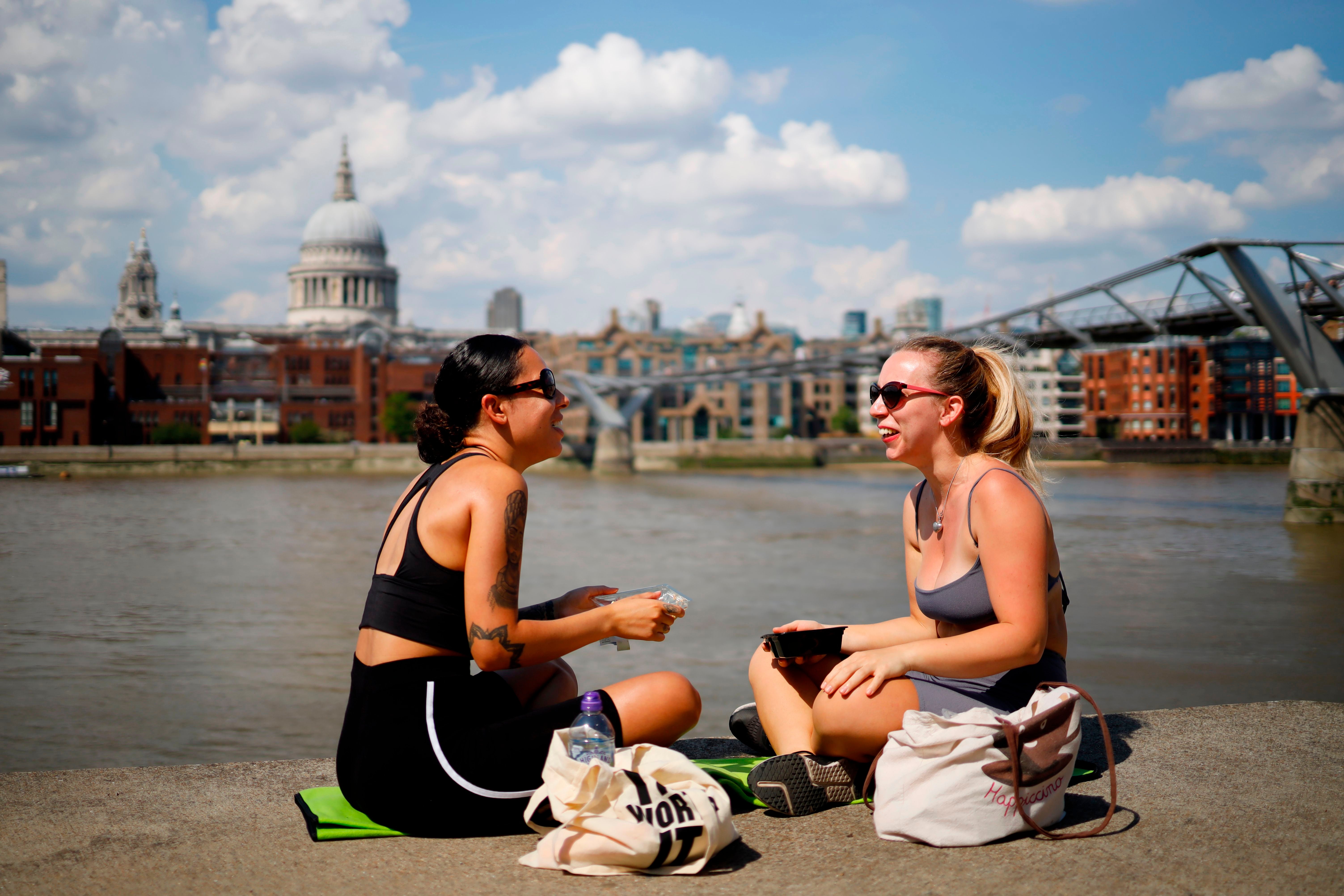
Where the particular relationship is positioned along this continuum is determined by factors such as trust and mutuality. In primary friendships “both sides get the same and wish the same to each other”. As in the Friends’ theme tune, if I’m a good friend, you can rely on me to be there for you “when the rain starts to pour … like I’ve been there before … ‘cos you’re there for me too.”
But Aristotle takes this mutuality a step further. In primary friendship, it’s not just that we can rely on each other to be there through good times and bad. It’s that we share each other’s ups and downs naturally, and without calculation. All of which leads Aristotle to conclude that one can only have very few primary friends.
What a friend really wants is not just that he should feel pain along with his friend, but that he should feel the very same pain […] The same principle applies to joy: the mark of a friend is to rejoice for no other reason than that his partner is rejoicing. […] A stable friendship demands trust, and trust comes only with time […] Primary friendship, therefore, is not something that extends to a large number, since it is difficult to make trial of many people: you would have to go and live with each of them.
This brings us to another dimension of friendship: being together. Friends seek out each other’s company. They want to be together.
There are various modes of being together. There’s physical proximity. There’s mutual attention and care. There’s shared activity. And there are shared beliefs, interests, opinions and attitudes.

We can be friends without being together in all these modes at once. People can sustain friendships over large geographical distances and long periods of separation. Many friendships survive periods of thoughtlessness by one or other party. And it’s possible to have very different beliefs, interests and opinions and still be friends. But there’s a minimal level of overall togetherness below which friendship becomes ultimately unsustainable.
And different people need different kinds of togetherness. Some people can’t be friends with people who don’t share their religious beliefs or political opinions. Others have no problem doing so, but struggle to maintain relationships with friends they don’t see regularly.
Our needs and expectations of togetherness from distant friends and casual acquaintances are much lower than of our closest confidantes. Raised eyebrows of mutual greeting can be sufficient signals of togetherness between fellow commuters. But we expect something more from a returning best friend in an airport arrivals hall.
This example highlights another important aspect of friendship. Like all human interactions, friendship is something we practice. But it is also something we perform. When I raise my eyebrows to a fellow commuter or envelope my bestie in a bear hug, I am not only engaging in an act of mutual attention. I am also performing it – both for the two of us, and for anybody else observing the scene. Indeed, the performance is itself part the interaction. I am communicating to you not only that you matter to me but that I’m happy for everyone to know it.
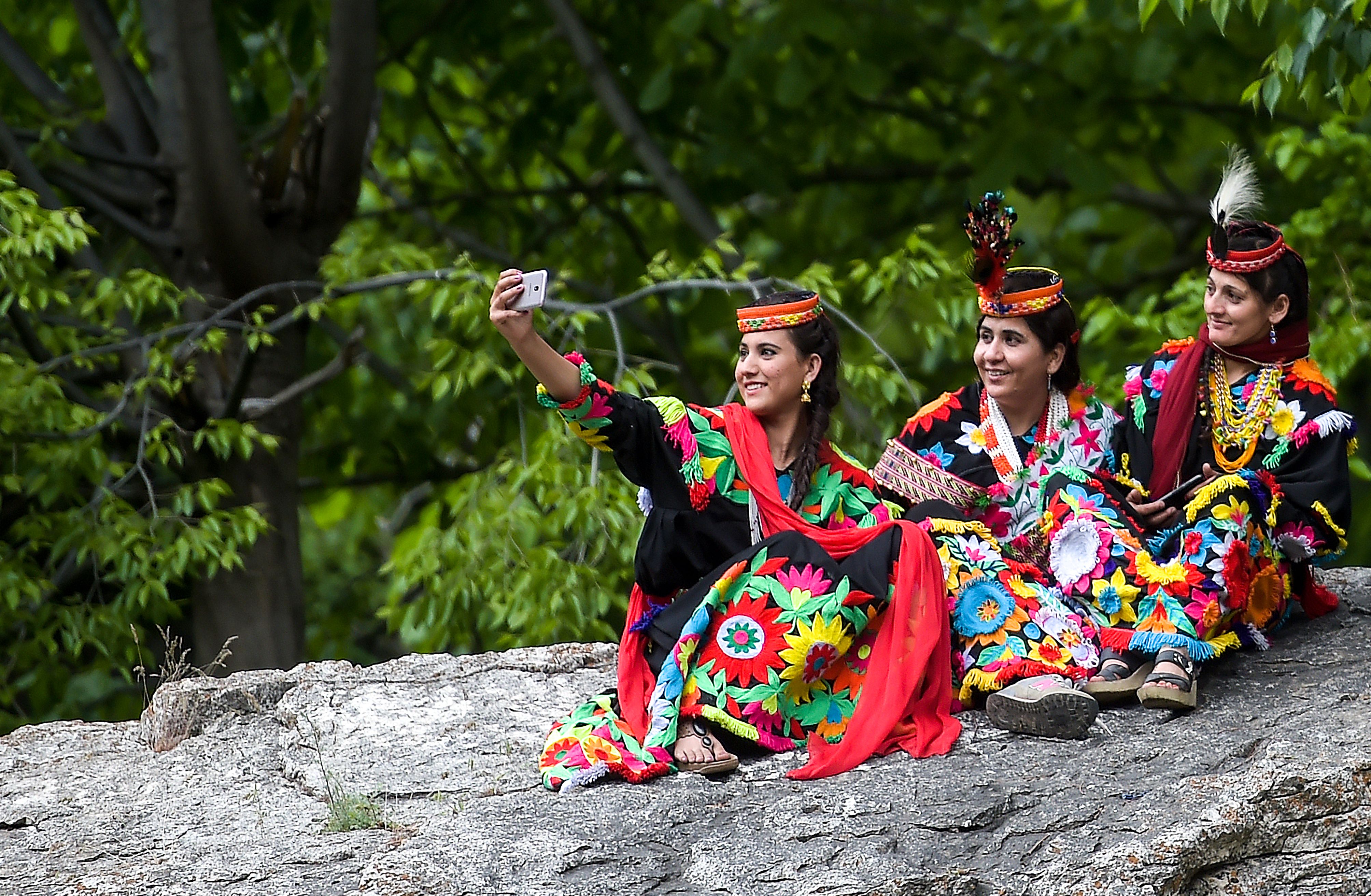
Some acts of friendship are more public than others. But even those that occur in private and without the awareness of the other party include some element of performance. For example, even if I’m the sole witness to my removal of lint from the back of your jacket, I’m aware not only of helping you look your best but also of performing an act that signifies care and affection.
This mixture of practice and performance doesn’t usually bother us. But when the balance between the two is off, we notice. If someone greets you more loudly and warmly than usual in front of a friend she’s trying to impress, you feel used rather than appreciated.
As we thumb from group to group and app to app, our social lives can sometimes begin to feel like a British bedroom farce – a series of opening and closing doors, near misses, and embarrassing juxtapositions
Each of the elements of friendship discussed above has been disrupted by social media. Facebook has expanded the number and type of people we call friends, made being together easier in some ways and harder in others, while also changing the balance between practice and performance.
As even Dunbar has acknowledged, Facebook has allowed us to expand the outer rings of our social networks dramatically. Those circles of 500 and 1,500 are easier to create and maintain than at any previous time in human history. Digital technology enables us to connect instantly with individuals who are otherwise distant from us physically and socially. Facebook calls them our friends, but we’re in no doubt about our real relationship to them. They’re contacts, with whom we have weak ties. As sociologist, Mark Granovetter argued in a 1973 paper, there’s strength in such ties. If you’re looking for your next job, or a recommendation for a local plumber, weak ties are often more useful than strong ones. Your close friends are exposed to the same sources of information as you are. Those in the outer reaches of your network have access to different sources.
Algorithms and notifications are engineered to grab your attention and hold it; to keep you posting, liking, commenting ... under these conditions your decisions about where, how and with whom you spend your time are no longer your own
On the other hand, and consistent with Dunbar’s social brain hypothesis, the upkeep of your social network consumes time and energy. Moreover, Facebook’s profitability and growth depend on you spending as big a chunk of your time on their platforms as possible. Their algorithms and notifications are engineered to grab your attention and hold it; to keep you pinging – posting, liking, commenting, and so on – all day and night.
This is precisely as exhausting as it sounds. But an even bigger problem is that, under these conditions your decisions about where, how and with whom you spend your time are no longer really your own. You’re at the mercy of the algorithm and the hyperactivity of others on your network. This has two likely corollaries. First, you distribute your attention more randomly among close and distant friends than you would do offline. Second, you have less time and energy overall to invest in offline interactions.
In other words, Facebook’s platforms promote some modes of being together and discourage others. These biases express themselves in several ways, and vary by platform. For example, the public “display window” format of Facebook makes it problematic to include in your social network people whose political opinions differ radically from your own. Your association with them is visible to others on your feed, and a potential source of embarrassment.
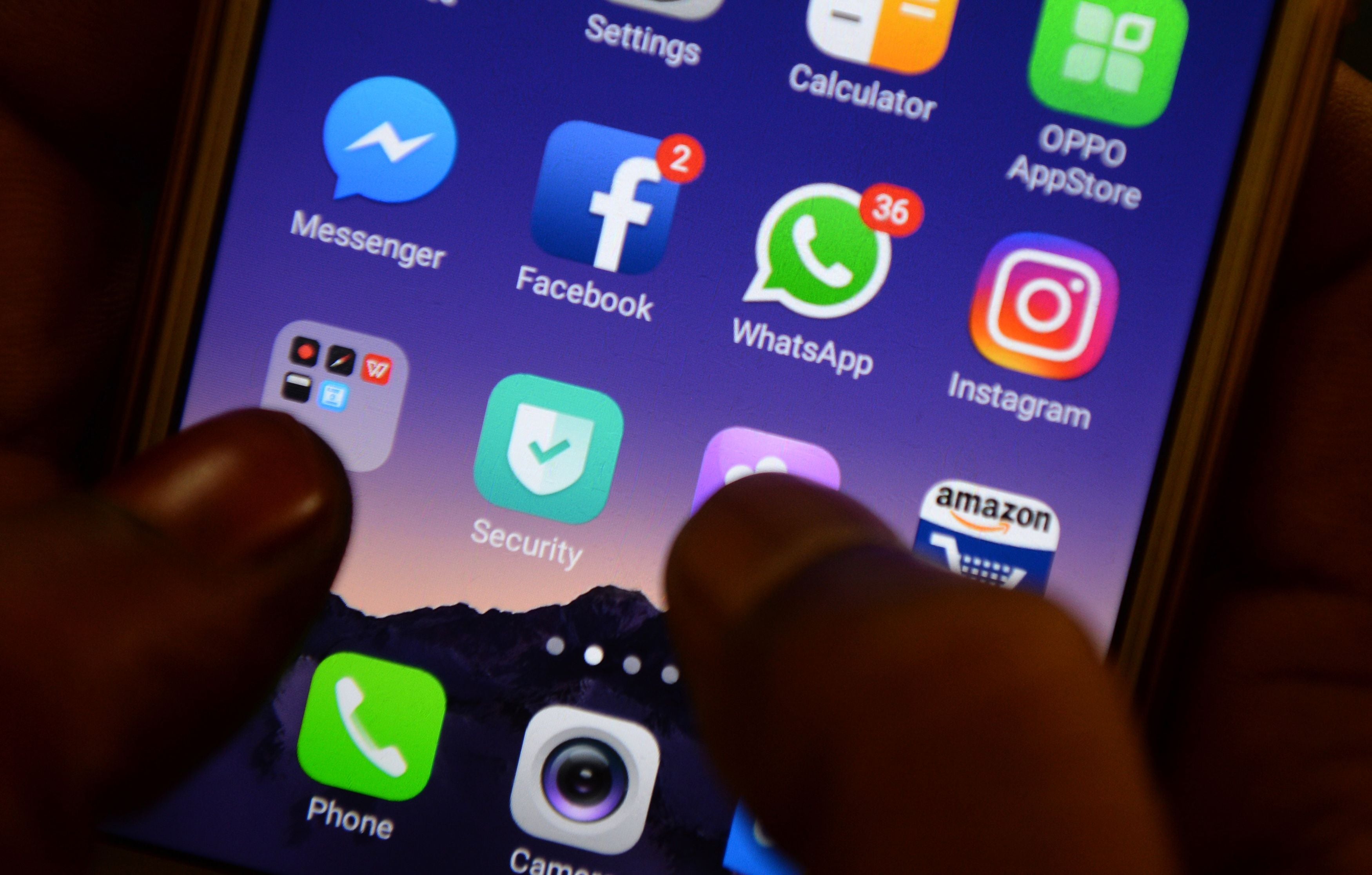
In WhatsApp, on the other hand, you can find yourself skipping constantly between different groups over the course of a day and struggling to switch identities and language registers effectively as you do so. I’m sure I’m not alone in having sent a GIF intended for one WhatsApp group to a different group for whom it couldn’t be less appropriate. These are examples of what sociologist Erving Goffman called “context collapse” – where social circles we usually keep apart are suddenly brought together, often in uncomfortable ways. As we thumb from group to group and app to app, our social lives can sometimes begin to feel like a British bedroom farce – a series of opening and closing doors, near misses, and embarrassing juxtapositions.
However, it seems to me that the most significant effect of Facebook on friendship is its disruption of the equilibrium between practice and performance. Facebook has shifted the center of gravity decisively toward performance. On Facebook, we’re all on display. We’re hyper-aware of the impressions our interactions with others make on our network as a whole. Friendship is becoming more public, less private. This in turn is having a subtle but significant effect on our ability to maintain friendships of Aristotle’s primary kind. Our focus on performance turns many of our online friendships into transactions of pleasure and utility. We each have a personal brand to maintain, and our mutual likes, comments and namechecks are part of a complex economy of give and take, stroking and grooming, in which the other person can all too easily become more like an accessory than a friend. In place of friendships based on virtue, we get friendships based on virtue signaling.
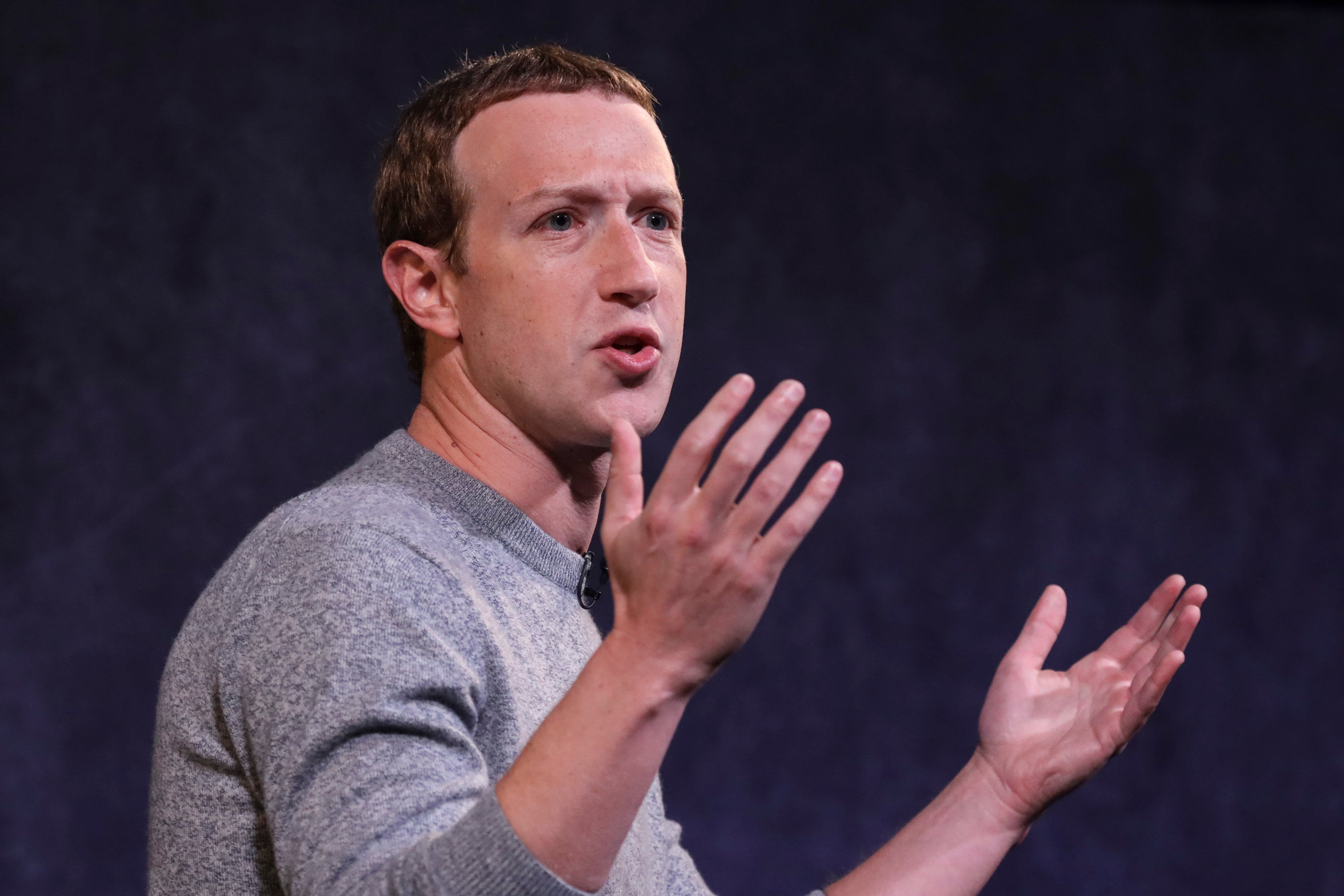
An ironic, and unintentionally comic, interlude in the Facebook scandals of the last few weeks, was Mark Zuckerberg’s rebuttal, on his personal Facebook account, of the New York Times’s suggestion that the board on which he was surfing in a clip posted on the Fourth of July was electric, rather than “a hydrofoil that I’m pumping with my own legs”. As the company he founded was being accused of using underhanded tactics to burnish its reputation and whitewash its blemishes, his primary concern seemed to be to rebut allegations that he had used similar tactics to make himself look more impressive.
But there’s an extra layer of irony here, too. What Zuckerberg the person, and Facebook the corporation, are accused of, are, in many ways, just grander and darker versions of the kinds of behaviour in which many of us indulge on Facebook, the app: prioritising performance over practice and engaging in narcissism under the cover of strengthening relationships and building community.
So, yes, Facebook has changed friendship. Both for the better and for the worse. It’s been great for weak ties and problematic for strong ones. Fortunately, however, our strongest ties of all – those with our best friends and most intimate confidantes – continue to exist largely without resort to Facebook. When we communicate with these inner circles on social media it is usually a supplement, prelude or temporary replacement service to being together face-to-face. Our greatest challenge, therefore, may be to protect such friendships from the habits we pick up when interacting online with others.






Join our commenting forum
Join thought-provoking conversations, follow other Independent readers and see their replies
Comments